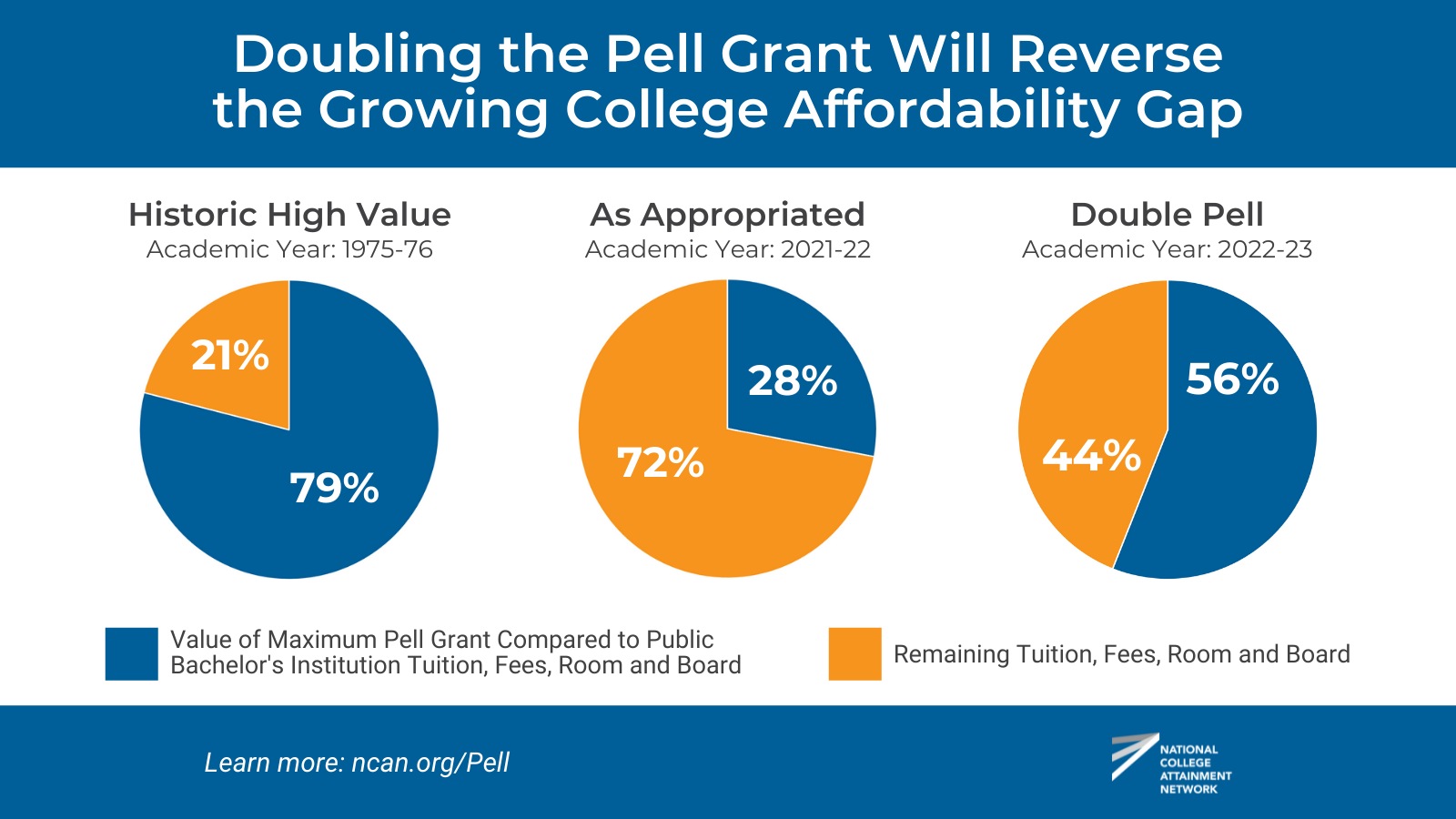
Obtaining college grants for minorities is a great way for students to gain access to college education and reduce the cost of attending college. There are many grants available to ethnic minority groups. Additionally, a variety of private and publicly funded organizations offer grants for minorities.
The United Negro College Fund provides the largest number of scholarships for minorities in the United States. This nonprofit organization has over 400 scholarship programs available. One of these programs is the Gates Millennium Scholars Program which provides funding to students who are eligible. This program funds students who are American Indian/Alaska Natives or African American, Asian Pacific Islander, Latino or from other low-income backgrounds.
The AMS Minority Scholarship offers funding to students who study in the field of atmospheric, marine, or hydrologic sciences. To apply, applicants need to have a 3.0 average in grades and must complete an application essay. Additional documents may be required by some applicants. The applicants must be seniors in highschool and interested to learn more about the hydrologic, atmospheric, or oceanic sciences.

The Gates Scholarship, one of the most highly regarded minority scholarships in STEM fields, is the Gates Scholarship. The scholarship is awarded annually to 300 students and helps to pay the full cost of tuition. In addition, applicants must be eligible for the federal Pell Grant. They also must be U.S. citizens, and must have a 3.0 grade point average.
Another major funding source for Hispanic college students is The Hispanic Scholarship Fund. This charity provides scholarships to students in need. Students who study at an HBCU, small private college or university can apply for funds.
The Agnes Jones Jackson Scholarship is another option for minority funding. The Agnes Jones Jackson Scholarship provides funding to undergraduate students who identify as Native American, Hispanic, or African American. Students can also receive a book, room and board through the program.
There are also minority scholarships like the Hubertus W.V. Willems Scholarship for Male Student, which offers up to $3,000. All applicants must be African American men who are interested STEM careers. This scholarship will provide financial aid for students during their first two years of college.

There are many reasons grants can be awarded, including academic achievement and physical challenges. It is important to apply early as there are often many applicants. A grant can be used for housing, education, or business start-ups. These grants are usually given by nonprofits and colleges as well as the federal governments.
It is possible to increase diversity in America by providing scholarships and grants for minorities. They encourage students who are of low minority status to pursue academic fields. These programs are intended to help individuals who are discriminated against. Grants for women and ethnic groups are available, as are scholarships for students who have learning disabilities.
FAQ
Do I want to specialize in one area or should I branch out?
Many students prefer to focus on one subject, such as English, History, Math, rather than branching out into other subjects. But, you don't always have to specialize. For instance, if your goal is to become a doctor you can choose to focus in either surgery or inner medicine. You could also choose to specialize in family practice, pediatrics, gerontology or neurology. A business career could include sales, finance and marketing. The decision is up to you.
How much does homeschooling cost?
Homeschooling comes with no fees. Some families charge between $0-$20 per lesson. Other families offer free services.
It takes effort and dedication to homeschooling. Parents should be able to dedicate enough time to their children.
They need to have access books, supplies, or other learning materials. Many homeschoolers need to access community programs and events to complement their curriculum.
Parents need to consider costs such as transportation, tutoring, and extracurricular activities.
Homeschoolers need to be prepared for special occasions, field trips and vacations.
How long does it take for an early childhood teacher to become certified?
It takes four years to complete a bachelor's degree in early childhood education. The majority of universities require that you take two years to complete general education courses.
After completing your undergraduate studies, you will usually enroll in graduate school. This step allows for you to specialize in one area of study.
For example you could focus on child psychology, or learning disabilities. After completing your master's you will need to apply to a teacher training program.
This process may take another year. To gain practical knowledge, you will partner with experienced educators.
Finally, you will need to pass state exams before you can officially begin working as a teacher.
This process is lengthy and you will not be able instantly to enter the workforce.
Do you think it is difficult to be a teacher
A major commitment is required to be a teacher. Your studies will require a lot of your time.
While working towards your degree, expect to be working around 40 hours per work week.
Also, it is important to find a job you can do. Part-time jobs are difficult to find for students who want to balance school and work.
After you have been offered a permanent position, you will be expected to teach classes throughout the day. You might even be required to travel to other schools throughout the week.
Statistics
- These institutions can vary according to different contexts.[83] (en.wikipedia.org)
- They are more likely to graduate high school (25%) and finish college (116%). (habitatbroward.org)
- Among STEM majors, that number is 83.5 percent. (bostonreview.net)
- And, within ten years of graduation, 44.1 percent of 1993 humanities graduates had written to public officials, compared to 30.1 percent of STEM majors. (bostonreview.net)
- They are also 25% more likely to graduate from high school and have higher math and reading scores, with fewer behavioral problems,” according to research at the University of Tennessee. (habitatbroward.org)
External Links
How To
what is vocational education?
Vocational Education prepares students for work by giving them skills that are required for a specific job, such as welding. It includes training on the job in apprenticeship programs. Vocational education differs from general education because it focuses on preparing individuals for specific careers rather than learning broad knowledge for future use. Vocational education's goal is to help students find employment after they graduate.
Vocational education can take place at all levels of schooling. This includes primary schools, secondary schools and colleges, universities as well as colleges, technical institutes, technical colleges, trade schools, community college, junior colleges, four-year colleges, and colleges. You can also find specialized schools such a culinary arts school, nursing school, law school, medical schools or dental schools. Many of these schools provide both academic instruction as well as practical experience.
A number of countries have made significant investments in vocational education over recent decades; for example, Australia, Denmark, Finland, Germany, Ireland, Japan, Luxembourg, New Zealand, Norway, Poland, Sweden, Switzerland, the United Kingdom, and the United States. However, it is not clear if vocational education is effective. Some critics believe it doesn't help students get hired, while others claim that it helps prepare them for life after high school.
According to the U.S. Bureau of Labor Statistics 47% of American adults have a postsecondary certificate. This percentage is higher among those with higher education. 71% percent of the 25-29 year olds with a bachelor's degree are currently working in fields that require postsecondary credentials.
According to the BLS in 2012, almost half of Americans had at the least one type of postsecondary credential. About one-third of Americans held a two-year associate degree, while about 10 percent held a four-year bachelor's degree. One in five Americans has a master's or doctorate.
The median annual wage of a bachelor's degree holder was $50,900 in 2013, compared with $23,800 for someone without one. The median wage for advanced degrees holders was $81,300.
For those who did no high school, the median salary was only $15,000. For those who did not complete high school, the median annual salary was only $15,200.